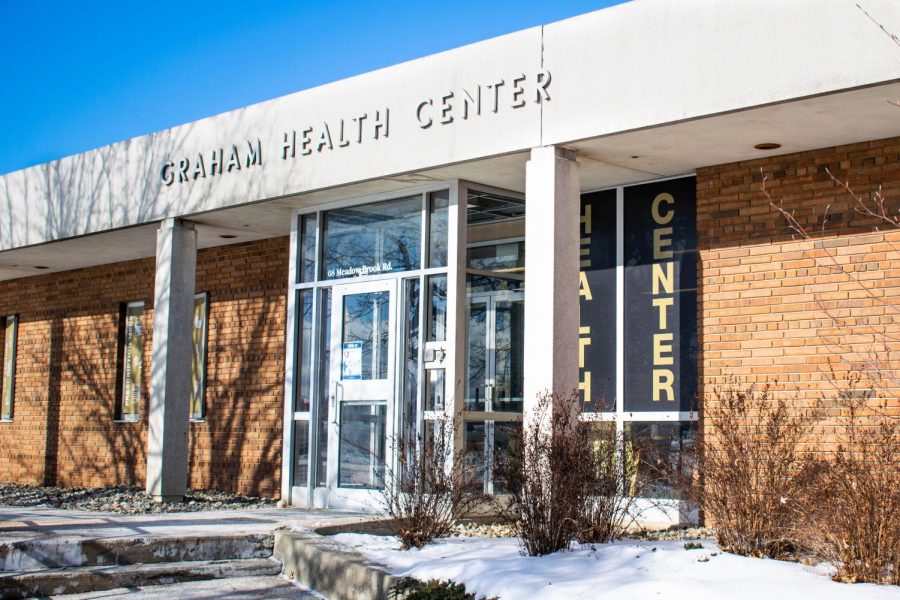January case count, community comments on Feb. 1 in-person return
As classes return in-person on Feb. 1, students and faculty reflect on how OU has managed the spread of COVID-19 thus far.
With classes returning to an in-person format, it’s important to see how well Oakland University did at controlling COVID-19 in comparison to other schools. On Dec. 22, 2021, OU students received an email stating Winter 2022 classes would begin in an online format until Jan. 18, which was extended to Feb. 1.
Since the beginning of the semester, there have been 426 positive cases among students, faculty and staff as of Jan. 28. The group that reported the most positive cases was commuter students, while students on-campus reported the least.
Wayne State University (WSU) has also been virtual until Jan. 31, and they recorded only 259 confirmed cases — a roughly 39% decrease in cases. WSU is the closest comparison to OU as they are also a big commuter school with 93% of students living off campus.
Michigan State University (MSU) began online classes on Jan. 10 and remained like that for the first three weeks, in the meantime reporting 1,664 cases — an increase of about 290% from OU cases. University of Michigan (U-M) began their semester in-person and never went online, and saw 3,778 confirmed cases — a 787% percentage increase from OU.
While MSU also went online, the sheer size of the campus can help explain the number of cases. When compared to U-M, which never went online, it is clear that staying virtual helped control the spread of COVID-19.
One thing that OU has yet to do that all other schools mentioned have is truly mandating the booster shot for COVID-19. OU strongly encourages students to get the booster — available at Graham Health Center — but there is no official mandate in place.
All the other schools have greater vaccination percentages than OU for their students. OU sits at 80% of total students vaccinated, while MSU has 94.21% of students with self-reported vaccinations and U-M has 98% of students vaccinated.
Along with OU, all the colleges enforce a mask mandate with the return to in-person. OU says students can request KN95 masks, disposable masks or cloth masks, available at the Oakland Center Welcome Desk, the Food Pantry or the CSA service window.
While OU has implemented plenty of policies to help reduce the spread, some feel the administration don’t seem to do a good job at enforcing them. One professor who feels this way is Chiaoning Su.
Although the policies may not be strictly enforced, Su still feels safe — her students not so much.
“I’ve been getting emails from students asking if we can stay online because they are concerned about returning to campus,” Su says. “Some are asking for a hybrid format — there’s technology concerns but [I] want to give students peace of mind.”
Su personally enjoys in-person teaching more and feels it brings something magical to the classroom. Even during virtual learning, her department helps boost morale by having good communication and hosting events such as virtual coffee meetups to talk to one another.
She feels we may never return to “normalcy” and just have to adapt to the changing environment.
“For PRSSA (Public Relations Student Society of America), we plan to have several in-person events, and this will be a small step to bring back a sense of normalcy,” Su says. “I don’t think we will return to pre-COVID.”
Some students feel OU has not done a good job at handling COVID-19, one of whom is senior Ellie Ackerson.
“They have handled lab classes relatively well with social distancing and reducing class size but they haven’t been taking temperatures like before,” Ackerson says. “I dislike online classes, but being at a school with a large population of commuters seems high risk.”
Ackerson is also on the club softball team which had most games and practices cancelled but says OU’s sport teams have barely been altered.











